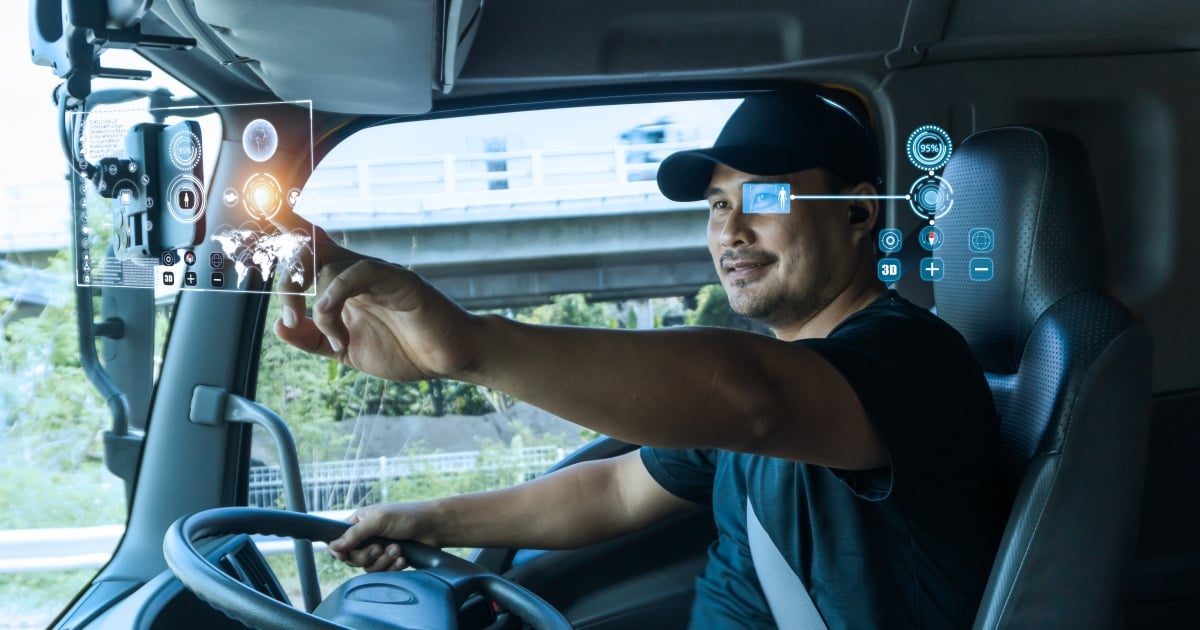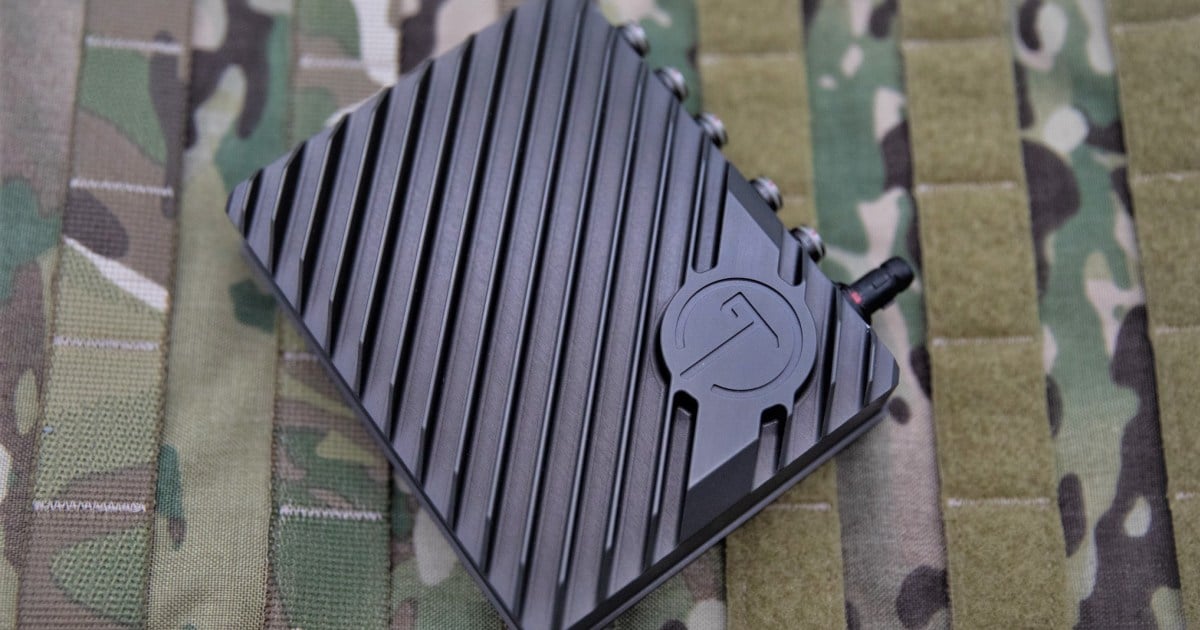
We’ve got IoT (Internet of Things) and 5G-related news out of industry giants T-Mobile and Google Cloud, so let’s first break this up into the what, the who, and the why before dredging the in-depth, well, depths of this announcement:
- What’s happening? Simply put, T-Mobile and Google Cloud have announced a team-up that aims to merge 5G and edge compute capabilities.
- Who stands to benefit most? Businesses looking to meet innovations head-on in this case; in manufacturing and logistics, for transportation and smart cities in general, in retail, you name it.
- Why is this important for IoT? By merging T-Mobile’s 5G ANS suite and Google Cloud’s GDC (both of which are detailed more below), groundbreaking use cases (like AR/VR experiences, for example) may hit proof-of-concept and production phases more expeditiously.
What, who, and why?
Check.
Now, more details:
Yesterday, T-Mobile and Google Cloud announced their collaboration; by combining T-Mobile’s Advanced Network Solutions (ANS) and Google Distributed Cloud (GDC) Edge, enterprise and government customers will be more aptly equipped to build out true-to-form 5G applications (like impactful augmented and virtual reality experiences, a.k.a. AR/VR). With the power of 5G and edge compute, organizations will be able to embrace digital transformation with boost-up in agility and overall confidence as we forge ahead into the rest of 2023, 2024 and beyond.
Relatedly, as Grand View Research has suggested, the size of the global edge compute market is expected to grow to $155.9 billion (i.e. by 37.9%) before 2030. (That’s essentially the “and beyond” I mentioned a moment ago.) With projected growth like that, news like this T-Mobile + Google Cloud venture tracks (and nails opportune timing). Because when you take edge computing and the benefits of 5G (e.g. low latency, high speeds and stronger reliability), the use cases begin to look more and more promising. GDC Edge customers can leverage T-Mobile’s 5G ANS for data-intensive computing.
In theory, everyone benefits.
Take, for instance, IoT manufacturing companies. With theory put to pavement, these manufacturers could utilize computer vision technology that ANS and GDC enable to improve safety standards via equipment monitoring, automatic notification protocols for support personnel, testing through augmented reality simulations in order to keep team members a safe distance away from hazardous situations involving machinery, etc.
Per Mishka Dehghan, Senior Vice President of Strategy, Product, and Solutions Engineering for T-Mobile Business Group:
“We’ve built the largest and fastest 5G network in the country. Now, this partnership alongside Google Cloud brings together the powerful combination of 5G and edge computing to unlock technological expansions, removing limitations on successful large-scale adoptions. This will bring the connected world to business connections, improving operations across the country.”
And per Amol Phadke, General Manager of Global Telecom Industry at Google Cloud:
“Google Cloud is committed to helping telecommunication companies accelerate their growth, competitiveness, and digital journeys. And as communication and technology solution providers like T-Mobile expand their efforts with hyperscalers around crucial enterprise edge computing, businesses get the help they need to deliver more value by unlocking fascinating capabilities. That’s what Google Distributed Cloud and T-Mobile’s 5G ANS is all about.”
Edited by
Greg Tavarez





